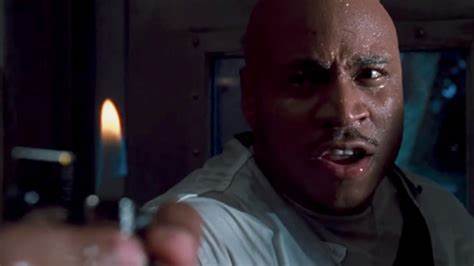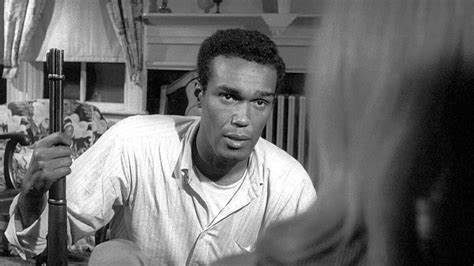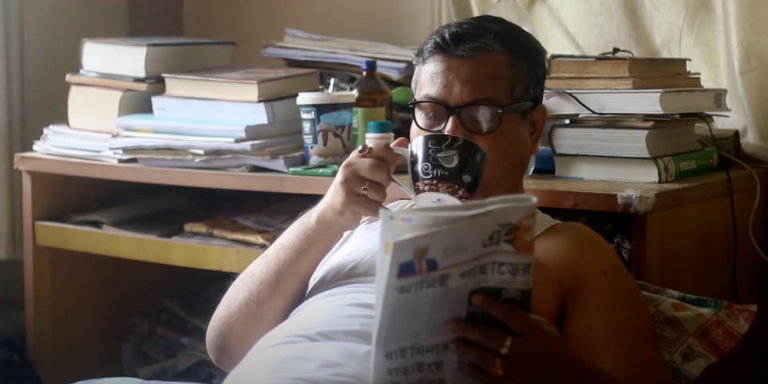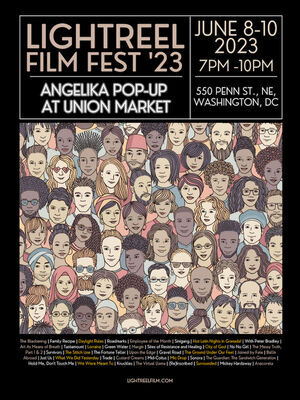Horror Movies and The Fate of the Black Man

Released in theaters this past Juneteenth weekend, Tim Story’s “The Blackening” is a well-scripted, intelligent, and funny movie that somehow seems to break the rules of the horror genre and simultaneously keeps them. “We Can’t All Die First,” the film’s tagline, keenly recognizes the well-known horror trope that if any Black people are in the film, they are the first to die. It’s a strange rule that has supposedly played out for decades. As certain as the redshirts in “Star Trek,” when a Black person appears in a cast, you just have a feeling that they will not only not make it out alive but that they will be dying soon. While a Black person does die first in “The Blackening,” seemingly falling in line with the unwritten rule, their death is a by-product of the fact that the whole cast is Black. After all, how can you have a horror movie with no deaths? However, it’s a racially-charged trend that seems to be ending elsewhere too.
“The Blackening” is not the first movie to challenge the rules. In 1999, there was a film called “Deep Blue Sea,” starring Thomas Jane. The movie was about the ultimate in human hubris as a scientist, played by Saffron Burrows, genetically altered the brains of great white sharks. Of course, the sharks become so smart that they start killing off their captors to freely roam the sea to wreak havoc. The great Samuel L. Jackson famously portrayed a wealthy man who was looking to invest in the technology. While trying to rally the frightened staff at the research facility, he shockingly gets chomped by one of the super-smart sharks. The real surprise is that another Black man survives the entire movie! Spoiler alert: LL Cool J, playing the cook Preacher, not only survives the movie but saves the star!

As incredible as this sounds, there was a predecessor even to “Deep Blue Sea.” In George Romero’s 1968 classic, “Night of the Living Dead,” the protagonist Ben, a Black man played by Duane Jones, actually survives the night, valiantly fighting off zombies and saving lives! Unfortunately, he does die in the end (but not first!), being shot and killed by the white rescuers who arrive the next morning.
Not every role could be as rich as Ben, and not every director was George Romero. The powerful social commentary in Romero’s work in “Night of the Living Dead” resulted from the changing world of the late sixties. Even Ben’s death at the movie’s end spoke to the uselessness of the white rescuer. It is this kind of smart and honest writing that should be supported. This is the reason why movies like “Night of the Living Dead” and “Deep Blue Sea” should be recognized for their impact upon the genre.
Believe it or not, the “the Black man dies first” trope took hold in the same year as Romero’s classic. In the Lon Cheney Jr. horror film, “Spider Baby,” Black comedian Mantan Moreland is slashed to death within the film’s first five minutes. He plays a carefree (and oblivious) messenger who misses the warning signs and walks right into being murdered. His death, due to an uncharacteristic lack of situational awareness, doesn’t play as tragic but more comedic, which began a downward spiral for black men which has lasted for decades. Jack Hill, who penned “Coffy” and “Foxy Brown,” also wrote the script for the film and included the character for Moreland, an aging comedian who was just looking for a job.

While the death of the Black person in horror is tragic and often unnecessary—especially Jada Pinkett Smith’s demise in “Scream 2″—it’s the ironic betrayal of the nature of Black people that seems more deadly. Despite a keen sense of situational awareness that Black people have in real life, which has been cultivated through the constant threat of racism, when it comes to movies, Black people, especially men, become unusually inept, losing all the innate qualities that have enabled the race to survive. They become like Moreland, an easily disposable target introduced to set up the coming horror.
In the 2019 documentary “Horror Noire,” movie critic Mark Harris and Dr. Robin R. Means Coleman hilariously and poignantly examine the plight of the Black man in the genre, correctly recognizing their origins. They also celebrate, thankfully, that due to up-and-coming Black writers and directors like Jordan Peele and Nia DaCosta, the trope is becoming more and more obsolete.
Since the release of “Horror Noire,” we have seen movies like “Candyman,” “Nope,” “His House,” “Vampires vs. the Bronx” and, of course, “The Blackening,” where writers are reclaiming and proudly parading the strength, intelligence, and awareness of Black people. We can only hope this trend continues, showing Black people to be what they always have been: Survivors.





